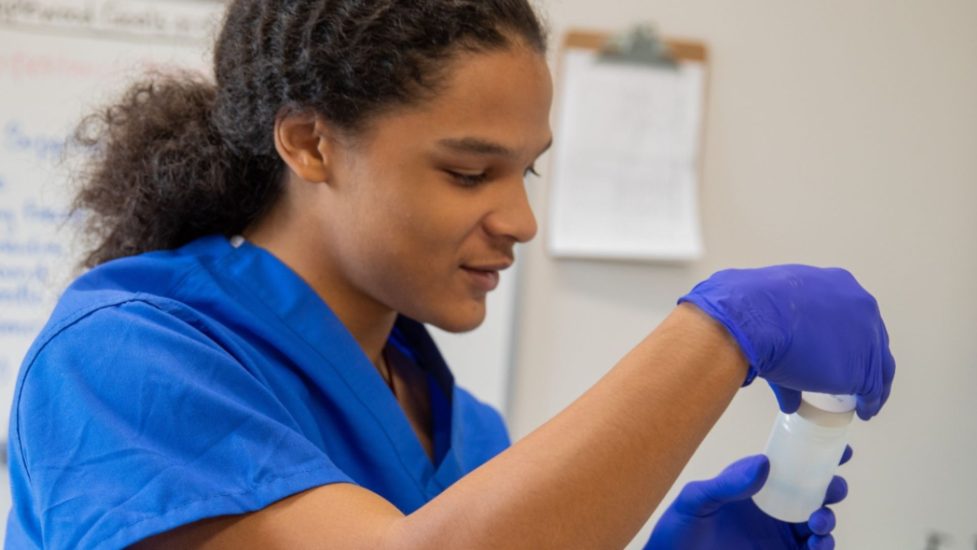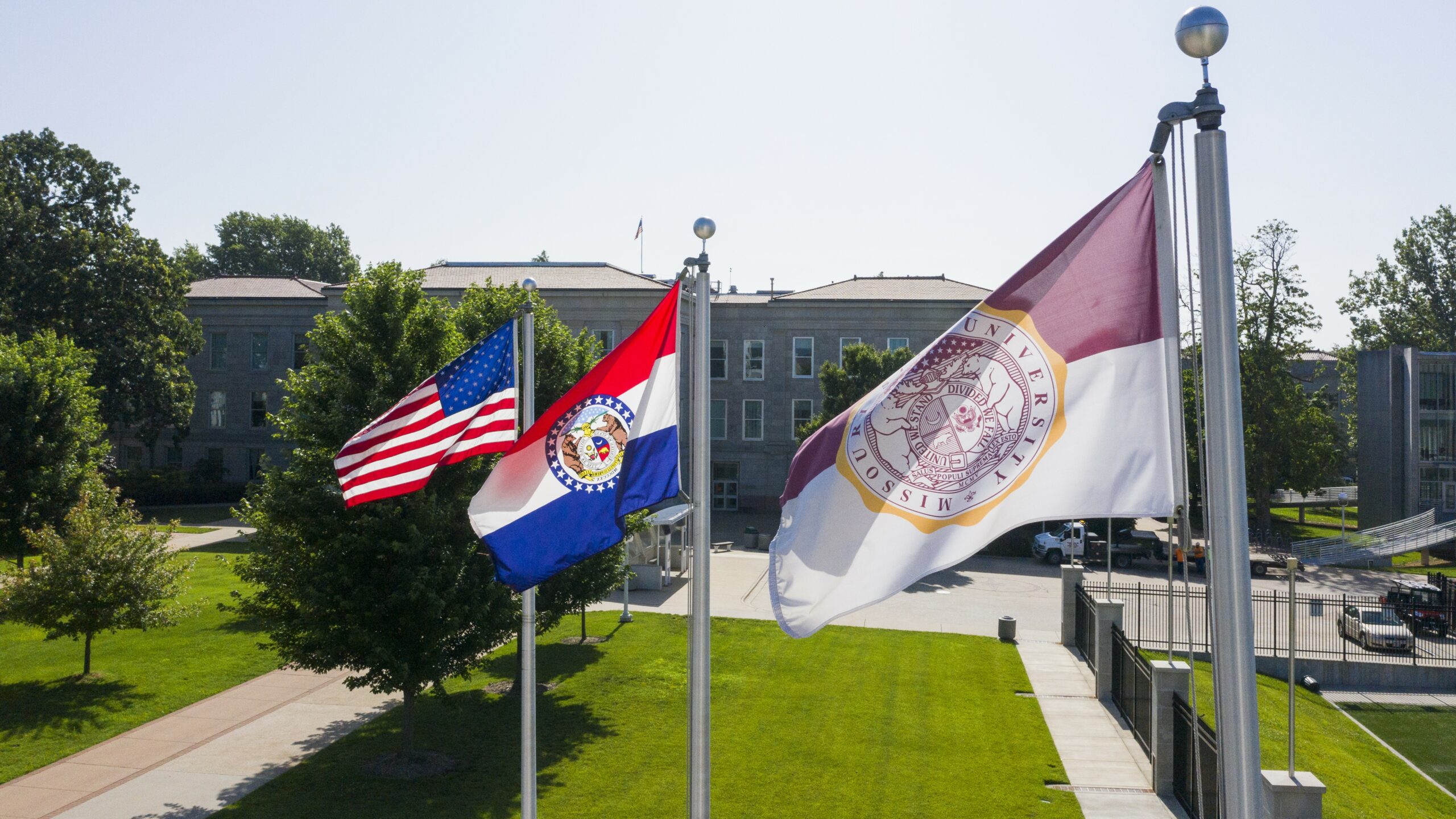High school career academies are schools within schools intended to prepare students for both college and careers. “We want to prepare kids for the highest level, but we want to give them the intentional tools to make those intentional decisions about what their future career is, what their pathway is to get there, because there are many different options,” says Jay Steele, Ed.D., president, National Career Academy Coalition (NCAC).
“There’s been an effort to rebrand, repackage, and really focus communities and schools on high-skill, high-wage, targeted industries using workforce data,” says Steele. “One thing the pandemic taught everybody, there are many ways that you can achieve and do things differently. A lot of schools, even parents are looking at it a little bit differently – that it’s not just a four-year degree.”
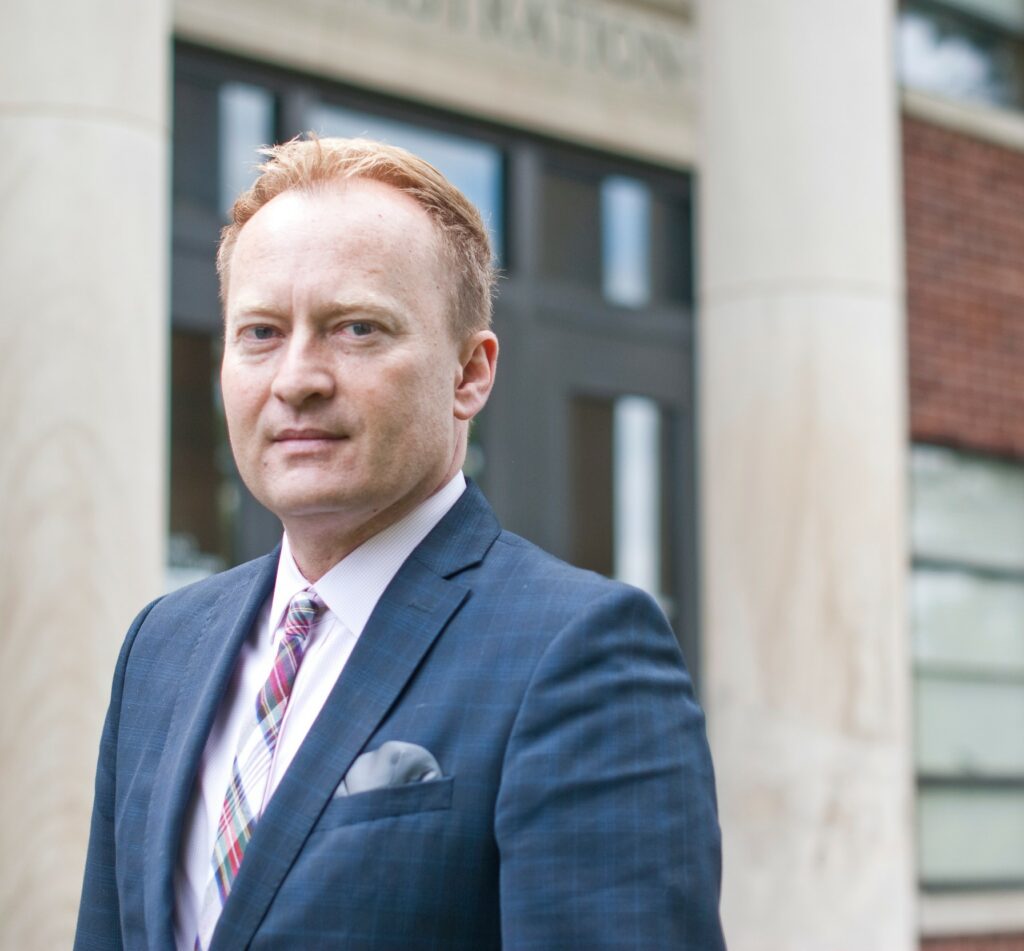
Steele continues, “Kids choose a major in high school and they stay with that major three to four years. They still take their general ed courses in English, math, science, and social studies to meet state requirements, but they are taking a pathway focus like a college major.”
“The teachers wrap around supports for those children. The colleges provide advanced courses and industry provides certifications and work-based experiences for them. It really is like a college major, but it’s in high school.”
According to the NCAC, “There are an estimated 7,000 career academies in operation [around the country], enrolling about one million students.”
Formerly the chief academic officer with the Metro Nashville Public Schools (MNPS), Steele says, “The Nashville story was the larger catalyst for this spreading – because Nashville was the first major city to redesign their high schools in this model. There were schools doing it around the country, but not an entire system.”
“We partnered with the Nashville Area Chamber of Commerce. They were the ones that could get business to the table. There was also a foundation called PENCIL and their sole purpose was to engage community partners with the elementary, middle, and high schools. In the fall of 2010, 12 zoned high schools or comprehensive high schools turned into the Academies of Nashville.”
Steele recalls, “There were probably less than 10 high school partners. They just didn’t know how to engage with the high schools. After we implemented the academy model, the high school partners grew to over 350, because we gave them a means to connect with the students through their career themes for speakers, field trips, internships, research projects, et cetera.”
“[The Academies have] to be aligned with the opportunities within that community. It has to match the local industry opportunities for kids to live, work, and have a good quality of life in that community.”
‘These kids become vested’
The zoned Academies of Nashville schools house 35 different academies with a wide variety of pathways including health care, residential and commercial construction, culinary arts, early childhood education, hospitality and tourism management, and entrepreneurship.
The site states, in addition to the support of community partners, “local colleges and universities have teamed up with the Academies of Nashville to create access to a range of dual credit, dual enrollment, and industry credentials that will better prepare every student to be college or career ready.”
“Our business partners serve in a lot of roles. They also serve in an advisory role. We have advisory boards for every academy, plus an umbrella advisory board at the district level,” says Daniel Phillips, director of Academies and CTE, MNPS. “We’re constantly in communication, in planning and discussion with our business partners as the needs of the community change, as the industries start to grow in different segments.”
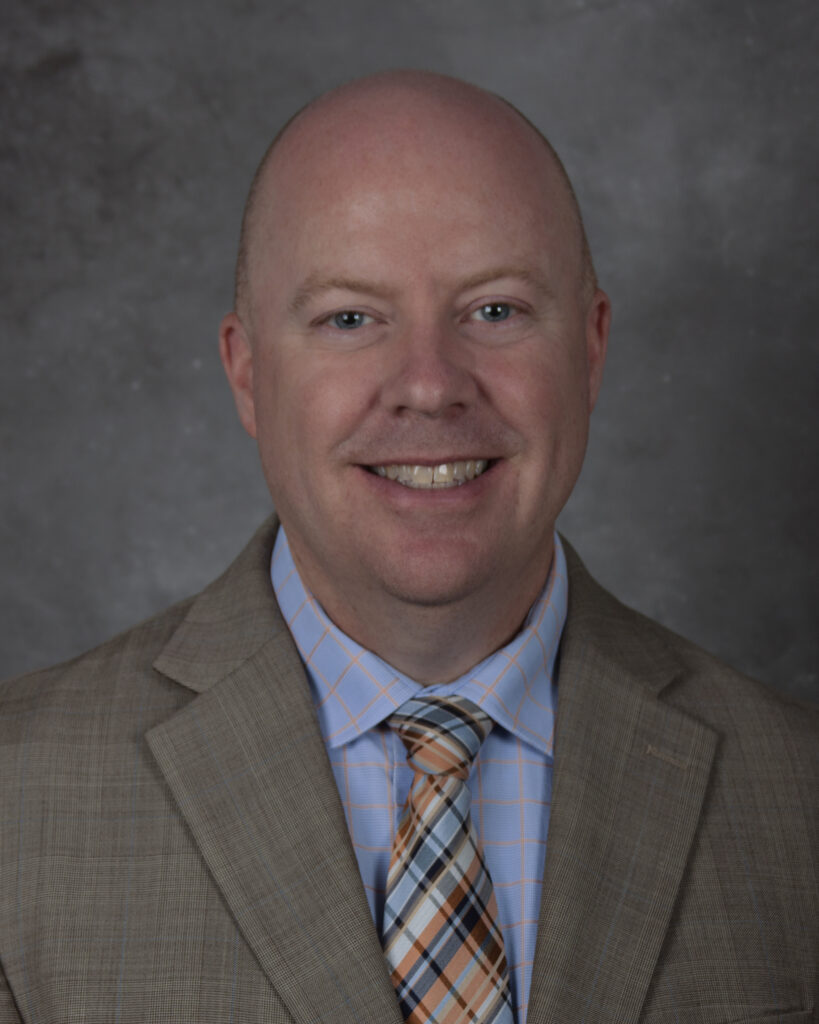
“That’s one of the things with Nashville in terms of having a school district that’s lockstep in growing the city and being able to develop talent, develop their students in conjunction with business partnerships and postsecondary partnerships to provide students that real deep dive into the areas that they’re interested in,” notes Phillips.
“We develop those relationships with business partners to where kids know exactly what their next step is after high school – realizing not all kids are ready to go to college or going to college right after high school. If we can provide them with industry certifications and get them some dual enrollment credit while they’re in high school, they can get into the workforce above entry level. They can go on to a two-year college or technical college with some credits under their belt as well as going on the traditional four-year route,” says Phillips.
“One of the unique aspects of the academy model is we’re taking a large school and breaking it up into smaller learning communities,” explains Phillips. “They’re in an academy which will have between 300 and 450 kids with an administrative structure, a counselor, a core group of teachers. That same group of students will be in a lot of the same classes together. So, it gives a lot smaller school feel. The core classes – English, math, science, social studies – are taught through the lens of their academy.”
He notes significant student engagement. “These kids become vested. They become vested in the business partners that take them under their wings and provide them that on-the-job training. They become vested in the schools that they’re earning that dual credit or dual enrollment with. And there are tremendous opportunities.”
Phillips continues, “I think our business partners over the years have really refocused their efforts. It used to be they wanted everybody to have a college degree. Now they’re realizing with their own in-house training programs or bringing students in for internships or apprenticeships, they can get good, if not better, knowledge into their students building through their own training processes.”
‘I’m glad you got me straight’
TJ Williams, an automotive technology teacher at Nashville’s Maplewood High School knew her career path as a young child. “I knew in the third grade I was going to be an automotive teacher. I knew I was going to be a mechanic because every Christmas my parents would get the girls Barbie dolls and the boys would get the Tonka trucks.”
“Well, they soon found out that Barbie dolls weren’t even getting open. My sister could have ’em. I was tearing the wheels off the Tonka trucks. So, they said, ‘Yep, we’re going to have to follow this because that’s what she’s going to do.’”
In her 45-year career, Williams’ resume includes work as a bus mechanic, an automotive tech teacher at an Illinois college, the manager of a chain of auto parts stores, an owner of automotive shops – and as of 2007, a teacher at Maplewood H.S.
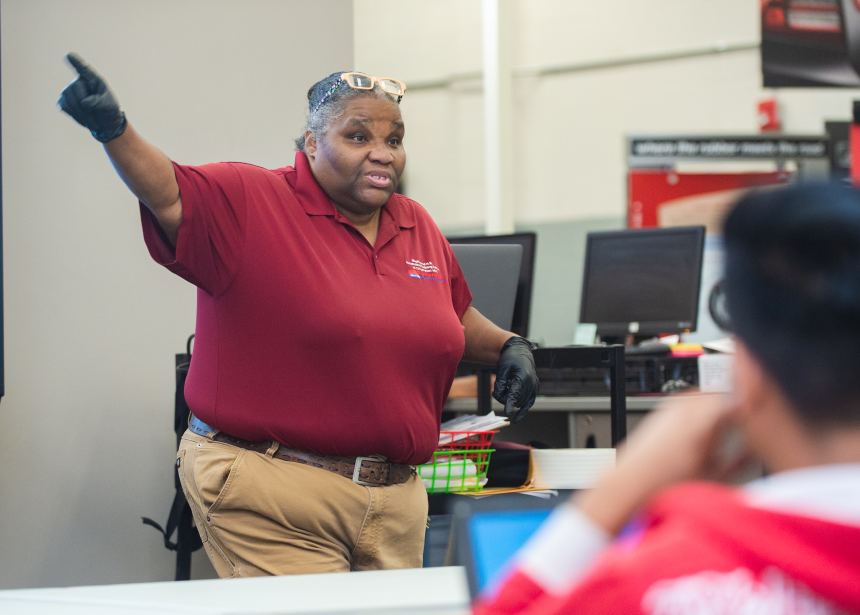
Williams explains, “I don’t know if you know about our demographics at Maplewood, but it’s high poverty, high crime. Right now, we’re going through a big gentrification. A lot of our students are having to move because parents can’t afford to live in the area anymore, which has caused our numbers to decrease. Where I would normally have 150 students per year. I’m down to like 80 students.”
She points out that major support from Bridgestone – which owns Firestone – has been a tremendous boost for her program. “The partnership [which started in 2015] was a blessing. I bothered God for seven years, the same prayer every night. And he finally said, ‘TJ, that’s enough. I’m going to give you Bridgestone. Leave me alone.’”
“So, when Bridgestone came in, they said, ‘TJ, we back you. What is your vision?’ So, I told them the vision and they said, ‘Hey, we’re in.’ It’s been amazing because we’re the only school in the whole world with Firestone in our shop. We’ve had about 7,000 people from all over the country come see the program, come see Firestone – actually see the kids doing the work.”
Williams has access to the partner’s curriculum. “I get all their curriculum. I like making ragout and stir. I just add to what the state standard is. The teacher can sift all this down where the young folk are interested. You grab their attention.”
“They get all this information and then they get hands-on training. In the 10th grade, Firestone hires my kids if I have them trained and ready to go. We have 49 students still working to this day with Firestone. What’s cool about the partnership is Bridgestone pays for our students to get the student ASE (Automotive Service Excellence) certification.”
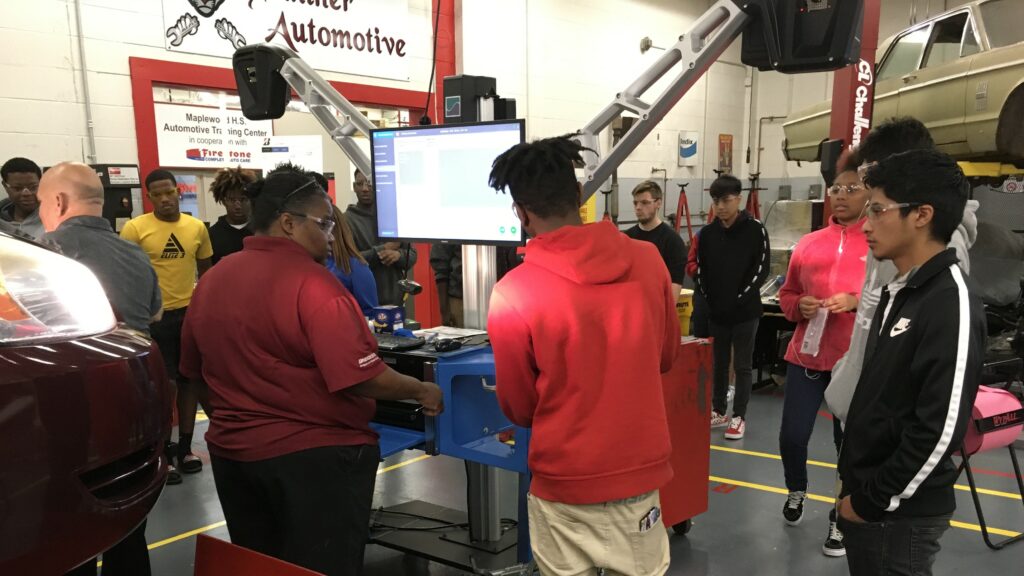
Williams recognizes that not all want to become mechanics. For those students, there’s the opportunity to work in the high school’s auto parts department. “I teach the students customer service, phone etiquette, planogramming, warehousing, logistics, those kinds of things.”
Williams adds, “I’m glad to say 100% of [my students] graduate out of my pathway.”
She realizes the impact she is having on her students. “They said, ‘That’s the meanest old woman in the world, but she loves us.’ Let me say this – a lot of them come back. Even the hard heads. They’ll be like, ‘I’m glad you got me straight. I got my life.’ So that’s the big payback with being a teacher.”
Knowing the Plan Going Forward
“We don’t expect anybody to be locked into that career choice as a freshman. What we want them to do is to get that deep dive of exposure into the things that they’re interested in so that when they graduate from high school, they know exactly what their plan is going forward,” says MNPS’ Phillips.
“It might be in the same area they studied in high school, or it might be in something completely different, but hopefully they’ve learned in high school what they like or what they don’t like. From that standpoint, it generally results in less time in college – which results in less student loan debt and a faster time getting into a career that provides a living wage with upward mobility to where the students can support families and grow along with the community.”
Williams says she is trying to give hope to her students. “You develop a relationship, and you have to recognize your audience. My audience came hungry, sometimes homeless, sometimes helpless, sometimes dirty. And I realized that I have to feed my kids every day.”
“So, when you develop the relationship with your kids and understand where they’re coming from, they want better. Sometimes they don’t know better. Life’s been so heavy on ’em until they just give up. So, I am jumpstarting what everybody gives up on.”

